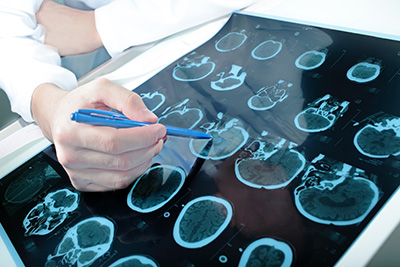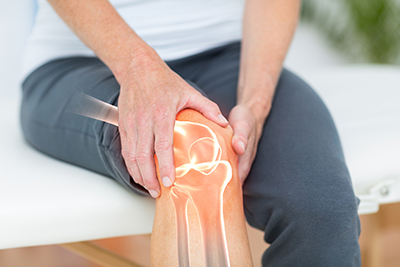Chronic back pain is one of the most common health issues in the United States, affecting millions of people and often interfering with daily life, work, and overall well-being. While medications may offer temporary relief, they don’t address the underlying causes of pain. That’s where physical therapy comes in—a safe, non-invasive, and effective treatment that targets the root of the problem.

Understanding Chronic Back Pain
Chronic back pain is defined as pain that lasts longer than 12 weeks, even after the initial injury or underlying cause has been treated. It can stem from various sources, including:
-
Muscle or ligament strain
-
Herniated discs
-
Spinal stenosis
-
Poor posture
-
Sedentary lifestyle or repetitive motion injuries
Whatever the cause, the pain can become a cycle that leads to reduced activity, weakened muscles, and more discomfort over time.
The Role of Physical Therapy
Physical therapy offers a structured approach to managing chronic back pain by focusing on improving mobility, strength, and posture. A licensed physical therapist customizes a treatment plan based on your specific diagnosis, pain level, and lifestyle. Here’s how PT can help:
1. Pain Reduction Without Medication
Physical therapists use techniques like manual therapy, therapeutic exercises, and modalities such as heat, ice, or electrical stimulation to reduce inflammation and ease discomfort.
2. Strengthening Core Muscles
Weak core muscles often contribute to poor posture and back instability. Strengthening these muscles can provide better support for the spine and reduce stress on the back.
3. Improved Flexibility and Mobility
Tight muscles, especially in the hips and hamstrings, can pull on the lower back and cause pain. Stretching and mobility exercises can help alleviate this tension and improve your range of motion.
4. Postural Correction
Your therapist can identify and correct poor postural habits that contribute to pain—whether it’s how you sit at your desk or how you lift objects. Learning proper body mechanics can prevent further injury.
5. Customized Home Exercise Plans
Physical therapy doesn’t end when you leave the clinic. You’ll receive a tailored home exercise program to continue your recovery and maintain results.
Long-Term Benefits
Physical therapy not only treats current pain but also teaches you how to prevent it in the future. With consistent practice, patients often experience:
-
Fewer flare-ups
-
Reduced reliance on pain medications
-
Enhanced mobility and daily function
-
Greater confidence in movement
When to See a Physical Therapist
If you’ve been dealing with back pain for more than a few weeks and it’s interfering with your life, it may be time to consult a physical therapist. Early intervention can make a big difference and help you avoid more invasive treatments like injections or surgery.
Advanced Medical of Florida provides you with the medical care you need. For more information, go to our web site http://www.amfhealthcare.com or call (727) 408-5222.








